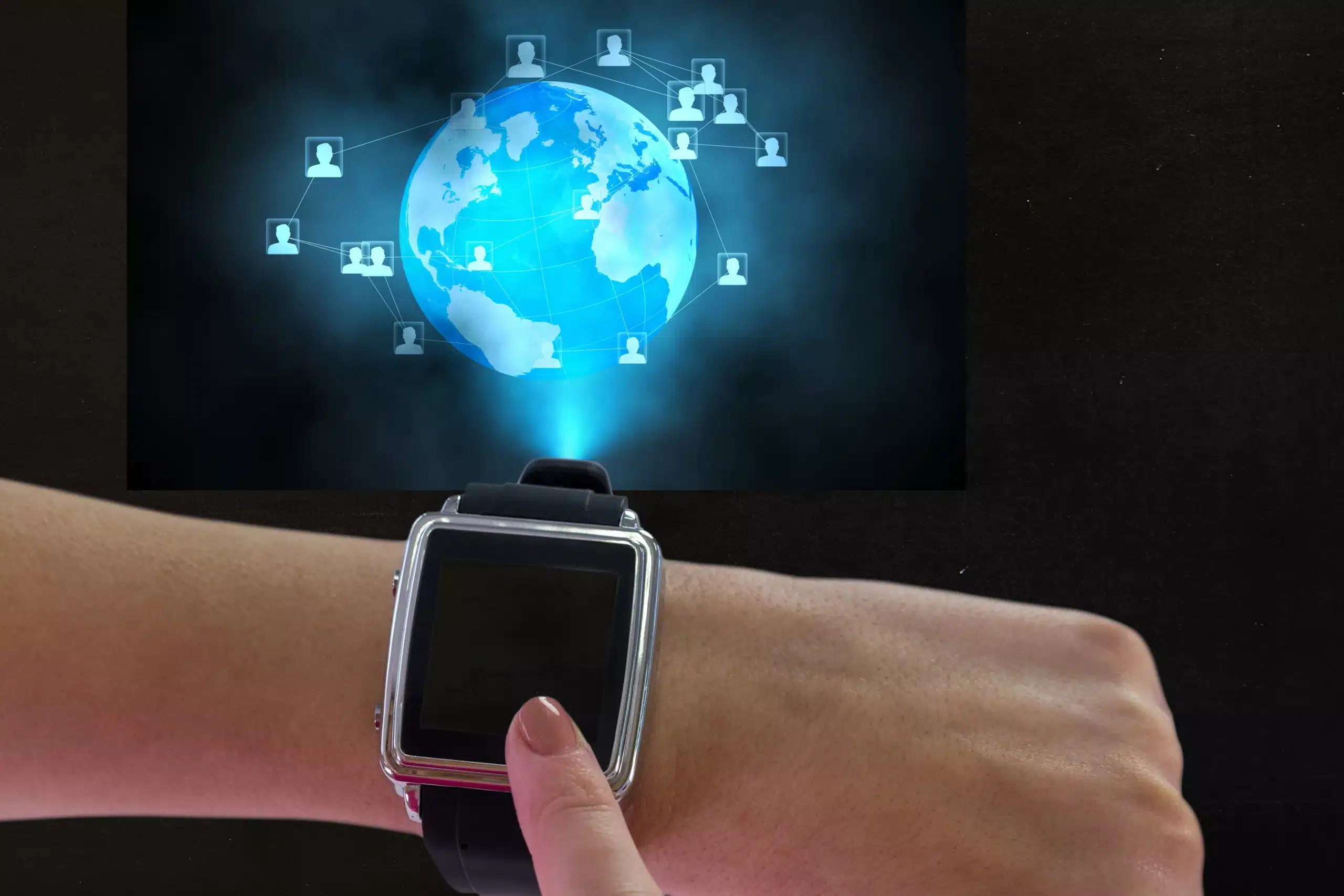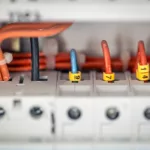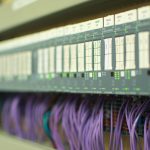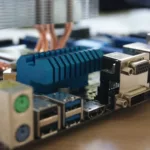
Introduction
Cloud-based services for IoT edge devices serve fundamental roles in extending the capabilities and efficiency of IoT solutions. These services have opened new horizons for the IoT industry, empowering edge devices with advanced capabilities that were previously inaccessible. By integrating cloud computing with edge devices, organisations can streamline data management, enhance analytics, improve security, and achieve greater scalability at a reduced cost. This article delves into the world of cloud-based services for IoT edge devices, understanding their significance, benefits, and applications.
Understanding IoT Edge Devices
IoT edge devices, also called edge devices or edge nodes, are a subset of IoT devices incorporated with additional computing power and storage capabilities. They are small and low-power devices integrated with sensors and processing capabilities, such as sensors, cameras, gateways, industrial machines, smart home appliances, wearables, etc. Edge devices are designed to process and analyse data closer to the source–where the data is generated, rather than sending all the data to centralised cloud servers. Internet of Things edge devices are of great significance that serve as the interface between the physical and the digital world, enabling data collection, processing, and communication at the network’s edge.
The Rise and Need for IoT Edge Devices
The traditional cloud model involves sending all data from edge devices to a central cloud server for processing and storage. However, this approach has certain limitations, such as high latency, increased network traffic, and potential privacy concerns. Edge computing addresses these issues by performing data processing and analysis on or near the device itself, reducing the need to transfer all data to the cloud.
Uncovering Multiple Cloud-Based Services for IoT Edge Devices
Cloud-based services complement edge computing by providing a scalable and robust infrastructure. This infrastructure can manage and analyse data generated by IoT edge devices. The following are some crucial cloud-based services tailored for IoT edge devices:
- Data Storage and Management
Cloud-based services offer reliable and secure storage solutions for vast amounts of data. They provide scalable databases, data lakes, and storage solutions, handling both structured and unstructured data efficiently. Examples include Amazon S3, Google Cloud Storage, and Microsoft Azure Blob Storage.
- Data Processing and Analytics
Cloud-based services enable sophisticated data processing and analytics capabilities for IoT edge devices. By leveraging distributed computing and big data technologies, these services can process, cleanse, and analyse data streams in real time, extracting valuable insights. Apache Spark, Amazon Kinesis, and Google Cloud Dataflow are some examples of bespoke services.
- Enhanced Security and Authentication
Ensuring data transmission security between edge devices and the cloud is critical. Cloud-based services offer robust security, privacy, and authentication mechanisms to protect IoT edge devices from cyber threats. These services include secure communication protocols, identity management, and access control mechanisms.
- Scalability and Cost-Effectiveness
Cloud-based services offer unprecedented scalability, enabling them to handle an ever-growing number of edge devices and their generated data. This scalability reduces the upfront infrastructure costs and allows organisations to pay for resources based on their actual usage, promoting cost-effectiveness and resource optimisation.
- Machine Learning and AI
IoT edge devices can benefit significantly from cloud-based machine learning and artificial intelligence services. Training and incorporating machine learning models into edge devices contribute to real-time inferencing and decision-making possible. Services like TensorFlow, Azure Machine Learning, and AWS SageMaker facilitate the development and deployment of machine learning models for IoT edge devices.
- Device Management
Managing a vast fleet of IoT edge devices can be challenging. Cloud-based device management services simplify this task by providing tools to monitor, update, and configure edge devices remotely. Services like AWS IoT Core and Azure IoT Hub offer comprehensive device management features.
Potential Benefits of Cloud-Based Services for IoT Edge Devices
Integrating cloud-based services with IoT edge devices offers numerous benefits; however, the main advantages include scalability–handling significant amounts of data with demanding sudden spike accommodations. Cloud-based services also offer cost-effectiveness, as they often follow a pay-as-you-go model. Other benefits include:
- Robust flexibility and customisation
- Reliability and redundancy
- Enhanced security with centralised management
- Data storage and analysis
- Integration with other services.
Cloud-Based Services for IoT Edge Devices: Key Challenges and Considerations
While cloud-based services bring numerous advantages, there are also challenges and considerations to address, such as:
- Data Privacy and Compliance – Storing sensitive IoT data on external servers raises concerns about data privacy and compliance with regulations. Ensuring proper encryption and adherence to privacy laws is crucial for maintaining user trust.
- Latency and Connectivity – Reliance on the cloud introduces potential latency, especially when real-time response is critical. Disruptions in internet connectivity can also hinder communication between edge devices and the cloud, necessitating contingency plans for continuous operation.
- Bandwidth Limitations – Transmitting large volumes of data from edge devices to the cloud can strain limited bandwidth resources, leading to increased costs or performance issues. Implementing efficient data compression and transmission protocols can mitigate this challenge.
Applications of Cloud-Based Services for IoT Edge Devices
The integration of cloud-based services with IoT edge devices has unlocked a multitude of applications across various industries. Some of its profound applications in multiple sectors include:
- Cloud-Based Services In Smart Cities – Cloud-based services enable smart cities to manage traffic flow efficiently, monitor environmental conditions, optimise waste collection, and enhance public safety through intelligent surveillance systems.
- Cloud-Based Services In Industrial IoT (IIoT) – In the manufacturing sector, cloud-based services can analyse data from IoT edge devices to optimise production processes, predict equipment failures, and improve overall efficiency.
- Cloud-Based Services In Healthcare – IoT edge devices are pivotal in healthcare that can continuously monitor patient vitals and transmit data to cloud platforms, enabling remote patient monitoring and timely interventions.
- Cloud-Based Services In Agriculture – Cloud-based analytics on IoT edge data can help farmers optimise irrigation schedules, monitor crop health, and make data-driven decisions for increased yields and reduced resource wastage.
Bottom Lines
Cloud-based services have emerged as a crucial enabler for IoT edge devices, revolutionising how we collect, manage, and analyse data. The combination of edge computing and cloud capabilities offers unparalleled scalability, cost-effectiveness, and flexibility for diverse IoT applications. While challenges exist, advancements in cloud technology drive innovations, making cloud-based services an integral component of the IoT ecosystem.





















